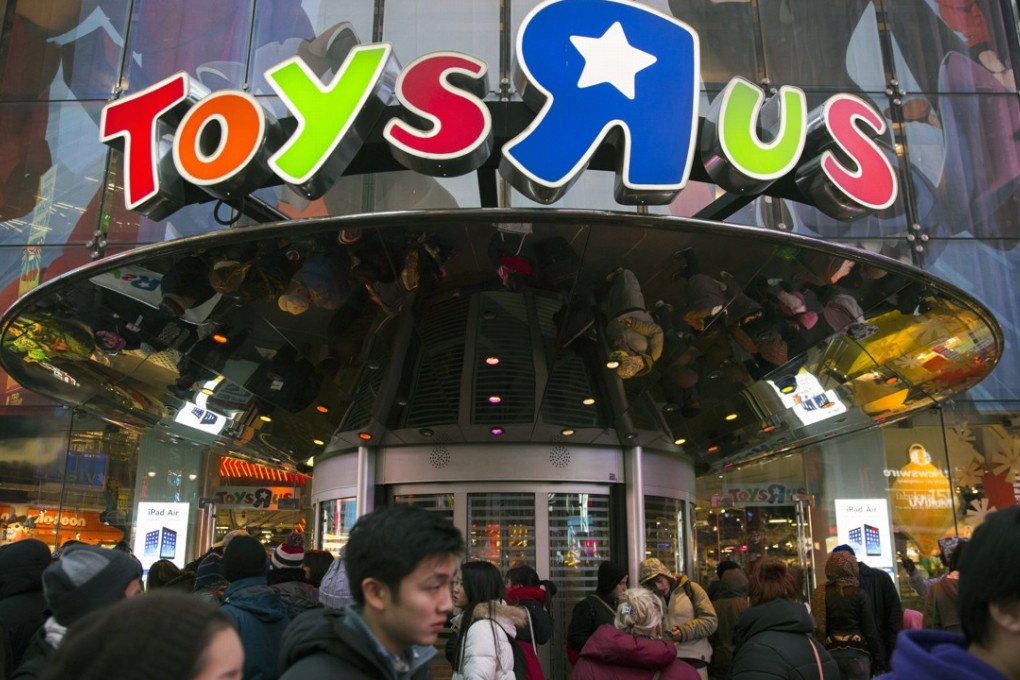Toys ‘R’ Bust: the rise and fall of a retail empire built on child’s play
‘Toy King’ Charles Lazarus designed his company around a supermarket model, with long aisles, discounts, and products stacked high. But now the firm has filed for bankruptcy protection in the US

In the early 1980s, a week before Christmas, a woman walked into a supermarket-size store in Tysons Corner, Virginia, and became so dumbfounded that she started talking to herself.
“Where’s the robot?” she said. “And the hairy monster?”
A Washington Post story that recounted her muttering did not say she was delusional. She was simply overwhelmed by a store that had become, in the words of the article “like McDonald’s ... an American institution.”
Toys 'R' Us.
“What we are is a supermarket for toys,” founder Charles Lazarus said at the time. “We don’t have a competitor in variety. There is none.”